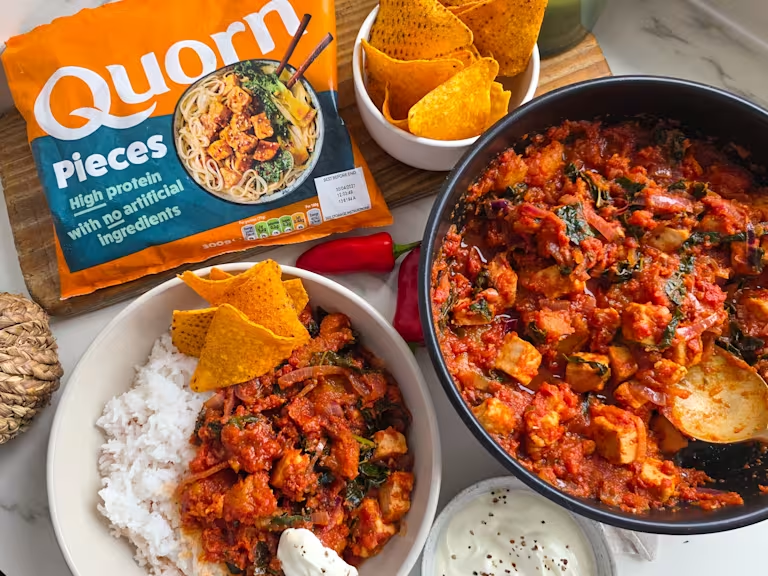
What is Fibre? Your Fibre FAQs, Answered
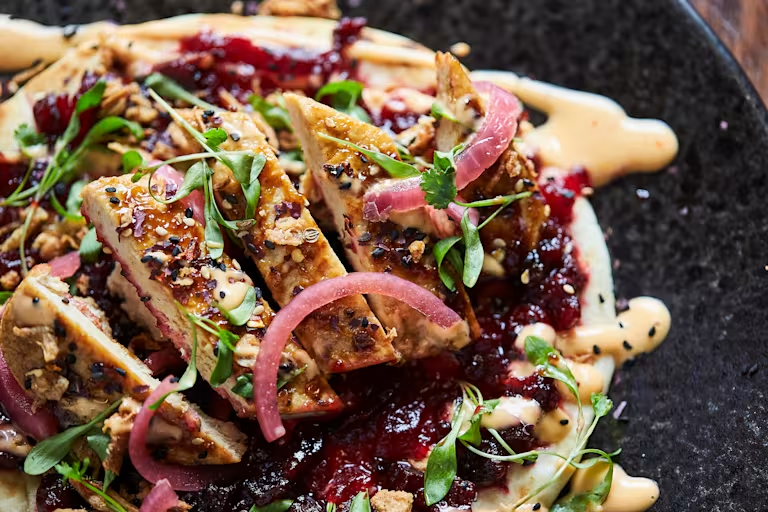
Here at Quorn, we love fibre! It’s an essential nutrient for our gut health, but many of us just simply aren’t eating enough of it.
In this blog, we'll talk about all-things-fibre and answer your top fibre FAQs, before sharing some of our favourite recipes for high fibre meals.
Let our in-house Registered Associate Nutritionists walk you through why you need to be eating more fibre and how to do it super easily!
What is fibre?
Before we dive in, let’s get back to basics. Fibre is the edible part of plants that is resistant to digestion in the small intestine. This means that it makes its way past the stomach, through the small intestine and end up all the way in the large intestine (our gut) where the magic happens. There are two types of fibre including:
Soluble fibre – this type of fibre is able to dissolve in water and turns into a gel-like substance as it travels through your gut.
Insoluble fibre – this fibre is not able to dissolve in water and so passes through your body mostly unchanged and instead, absorbs water. Insoluble fibre promotes movement through your digestive system and helps to keep everything regular – if you get our jist!
Why do I need fibre?
Fibre is an important part of a healthy and balanced diet as strong evidence suggests that it is associated with a lower risk of heart disease, stroke, type 2 diabetes and bowel cancer. High fibre foods can also keep us feeling fuller for longer and helps digestion and prevent constipation. If you currently don’t eat much fibre, but are keen to increase your intake, make sure you increase your consumption of water alongside and take it slow, as it can sometimes take our gut a little while to get used to the new addition to our diets.
So I now know why fibre is good for me, but where do I find it?
Some foods will state on their packaging if they are a ‘source of’ or ‘high in’ fibre and there is a strict criterion that foods must meet before they can use this labelling which is:
Source of - 3g of fibre per 100g
High in - 6g of fibre per 100g
Here at Quorn, our super protein, Quorn mycoprotein, contains an amazing 6g of fibre per 100g, helping you meet your dietary fibre needs as well as being a great source of protein! In a recent nutrient analysis, we found that a whopping 90% of our UK products fulfil the strict criteria to display a fibre claim on pack. So, you can be sure that you’re adding to your daily fibre intake when cooking with the majority of our products!
Other food products like baked beans or brown rice may not have a clear on-pack claim but may include the amount of fibre on back of pack so it’s always worth checking the full label too. Here are some examples below:
| Type of food | Approximate fibre per 100g |
|---|---|
| Mycoprotein | 6.0g |
| Wholemeal bread | 5.0g |
| Brown rice (boiled) | 0.8g |
| Apple | 1.8g |
Interestingly, animal foods are often not good sources of dietary fibre, including very little or sometimes none at all. Instead, a varied diet full of colourful plant and fungi-based foods can be a good way to ensure that we are reaching the recommended amount of fibre per day.
How much fibre do I need?
In 2015 the UK Government published new guidelines that included the recommendation that the UK adult population's fibre intake should increase to 30g a day. When it comes to kids and teenagers, the recommended intakes differ based on age. See below:
| Age (years) | Recommended intake of fibre |
|---|---|
| 2.5 | 15g per day |
| 5-11 | 20g per day |
| 11-16 | 25g per day |
| 17+ | 30g per day |
Unfortunately, in the UK we consume far less than the recommended amount of dietary fibre. In fact, on average we eat only around 18g of fibre per day so there’s lots of room for improvement and we are going to show you how easy it can be!
How to get more fibre into your diet: Our top tips!
Swap it Out: An easy win is to swap white bread, pasta and rice for brown or whole wheat versions.
Cop a Peel: Wash your potatoes and cook them with their skins on rather than peeling them (saves a lot of time AND increases your fibre intake).
Pulse it: Bulk out stews, curries and sauces with pulses such as lentils, chickpeas and beans. This will not only increase your fibre but also mean you have more portions from the same dish!
Fruit toppings: Use fresh or frozen fruit to add to your morning porridge or to add flavour to a bowl of natural yoghurt. Make it meatless: Try a meat-free Monday with Quorn!
Freeze! Keep a supply of your favourite frozen veggies in the freezer so you can just grab and chuck them in whenever you need them.
For more easy-peasy fibre facts and nutrition hacks, follow @quorn_nutrition on Instagram
Looking to get more fibre into your diet? Visit our full of fibre recipe hub and try one of our recipes for high fibre vegetarian meals tonight!
With plenty of protein and fibre, Quorn is the perfect way to incorporate more healthy fibre foods into your diet, view our delicious meat-alternatives, here.
Recent news
All news
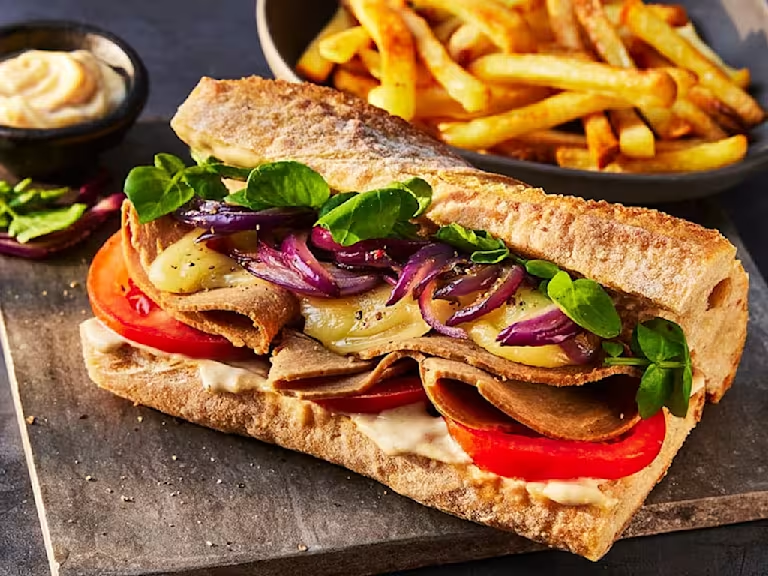
The Ultimate Sandwich Guide

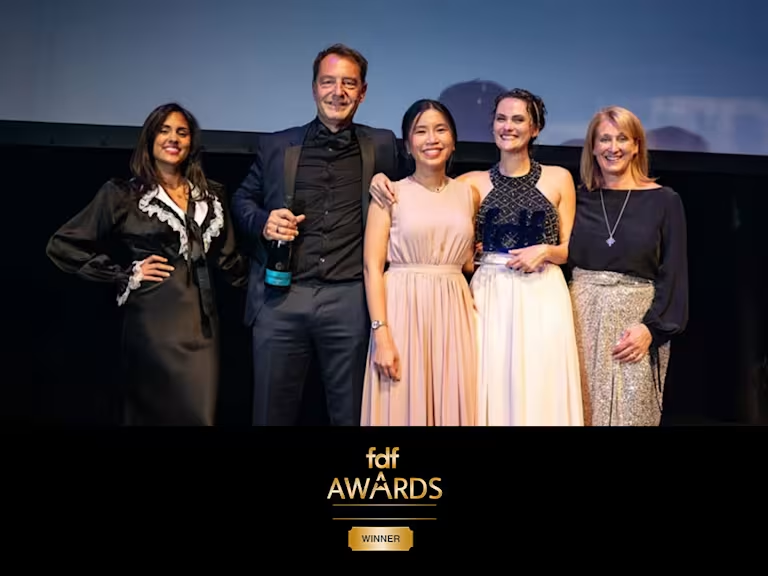
Sustainability WINNERS – FDF Awards 2025
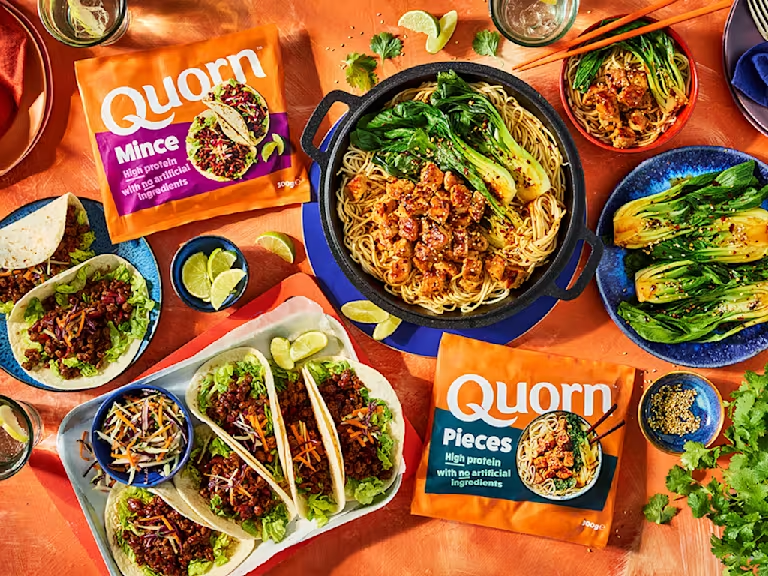
No Artificial Ingredients
